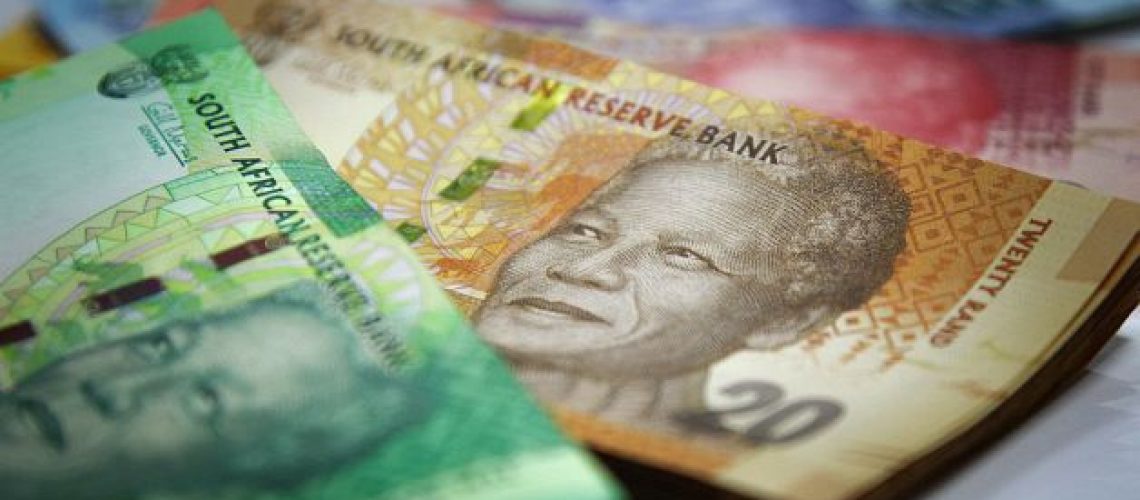Following the South African Reserve Bank’s (SARB’s) decision to increase its repo rate by 0.25%, FNB will also lift its prime lending rate by 0.25%. The new rate took effect on all prime-linked accounts from Friday 19 November 2021.
FNB CEO Jacques Celliers says that “Today’s rate hike by the SARB is a sign that recovery is underway. The rate adjustment should be read in the context of improving domestic demand, rising global inflation, and normalising global interest rates.
“Despite a few setbacks along the way, domestic economic recovery continues, spearheaded by better-than-expected household consumption expenditure and strong demand for our export products. Improved consumer mobility, combined with the swift recovery in non-labour income, including strong dividend pay-outs as well as continued income support grants to economically vulnerable households, has inspired greater economic participation by consumers.
“Looking ahead, we hope that the vaccination momentum will be sustained to minimise the impact of a potential fourth wave. We’re also hopeful that the national electricity grid can be stabilised to enable sustainable economic growth. As this is the last MPC for the year, we commend the SARB on their approach to managing interest rates, as stable monetary policy is critical to our economy.”
FNB Chief Economist, Mamello Matikinca-Ngwenya, says that “The decision by the SARB to lift interest rates by 25bps is in line with our expectations. We project headline inflation to normalise from an average of 3.3% in 2020 to 4.5% in 2021.
“Over the next two years, we expect inflation to remain broadly contained around the 4.5% target, averaging 4.3% and 4.5% in 2022 and 2023, respectively. This should allow for a gradual hiking cycle by the SARB – we currently expect a further 125bps cumulative increase in the repo rate by 2023. Notably, however, risks to our inflation outlook are biased to the upside.
“In a scenario where the ongoing global supply bottlenecks and elevated transportation costs persist longer than we currently expect, headline inflation could test the upper bound of the target, triggering a steeper than currently projected interest rate hiking cycle.
“However, this must be weighed against the lagged recovery in the labour market that is constraining the pace of domestic demand normalisation.”

